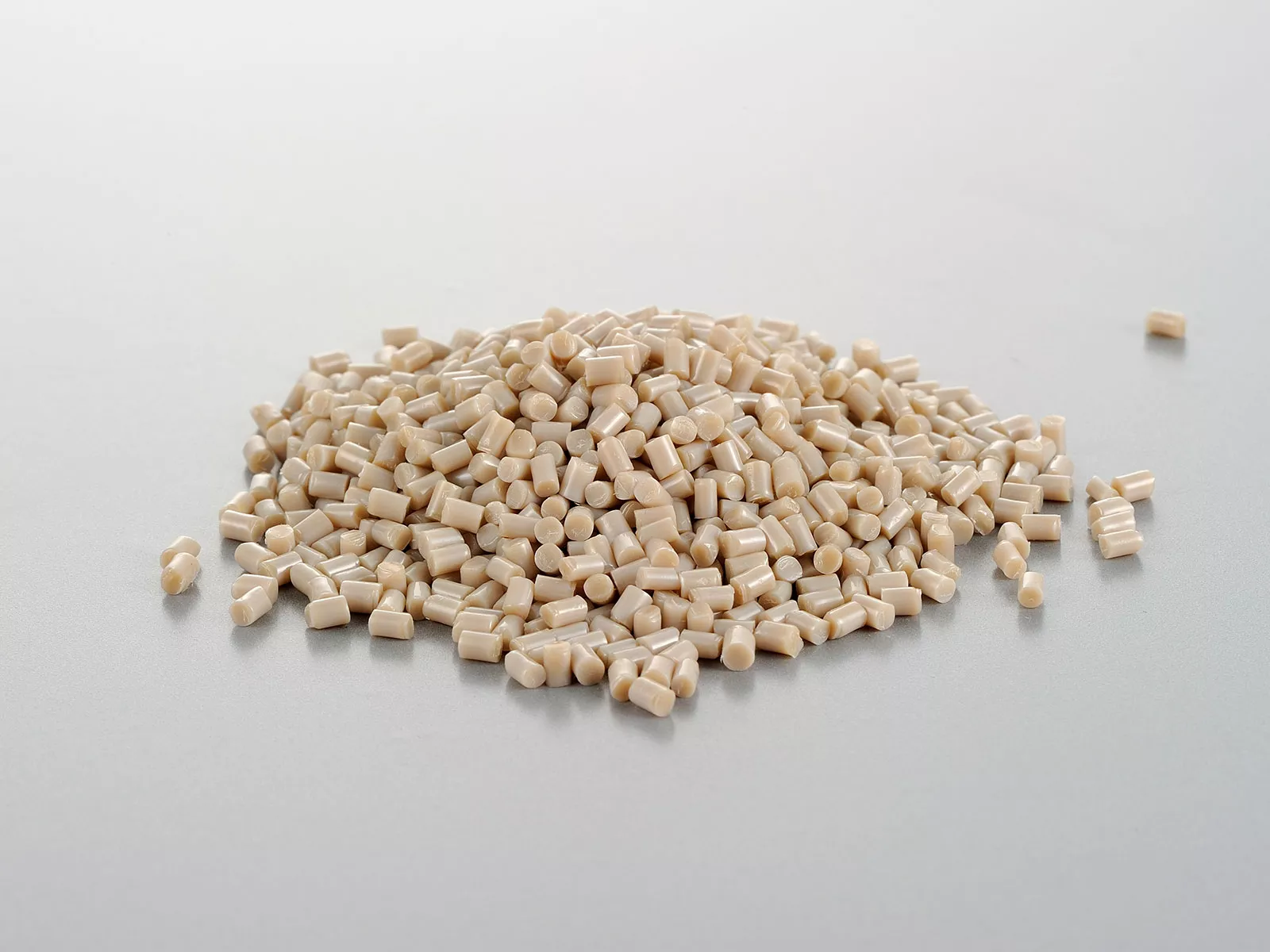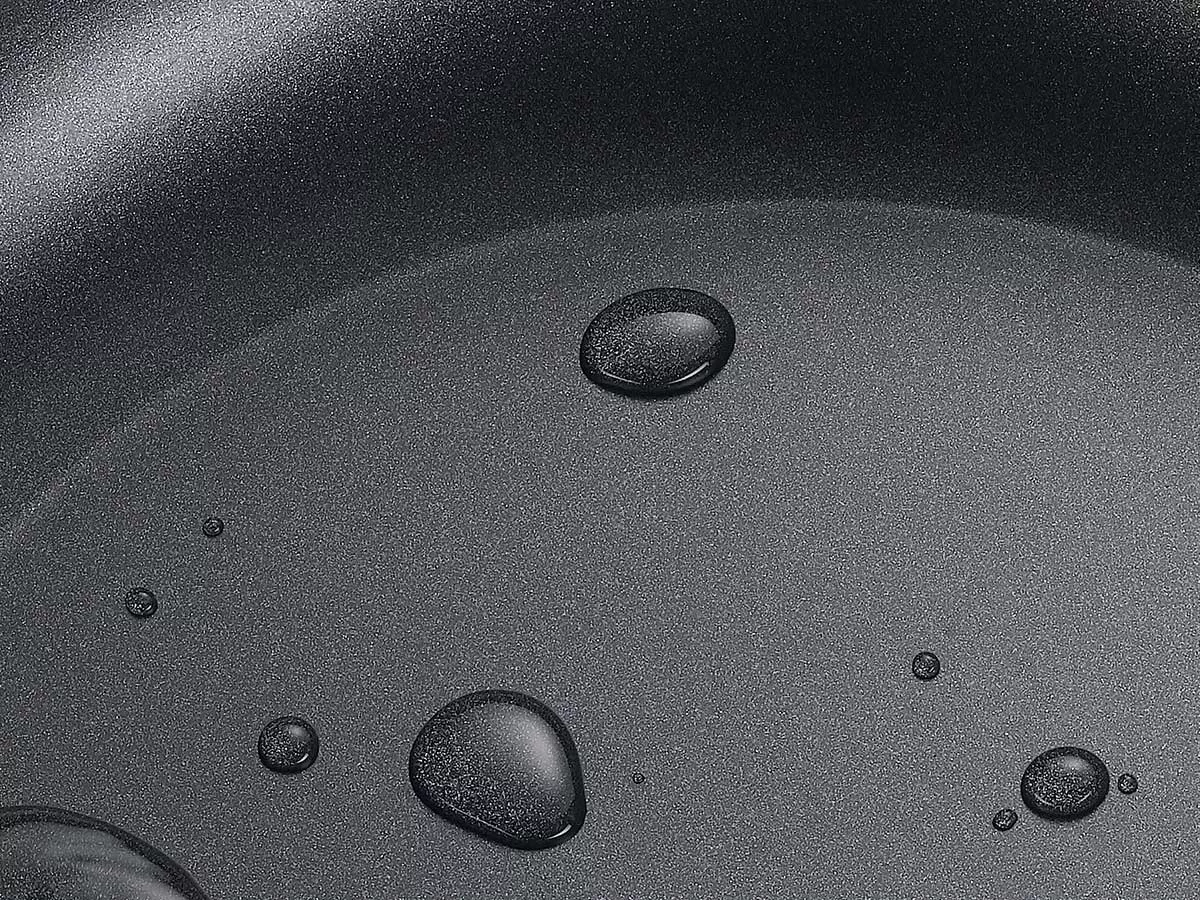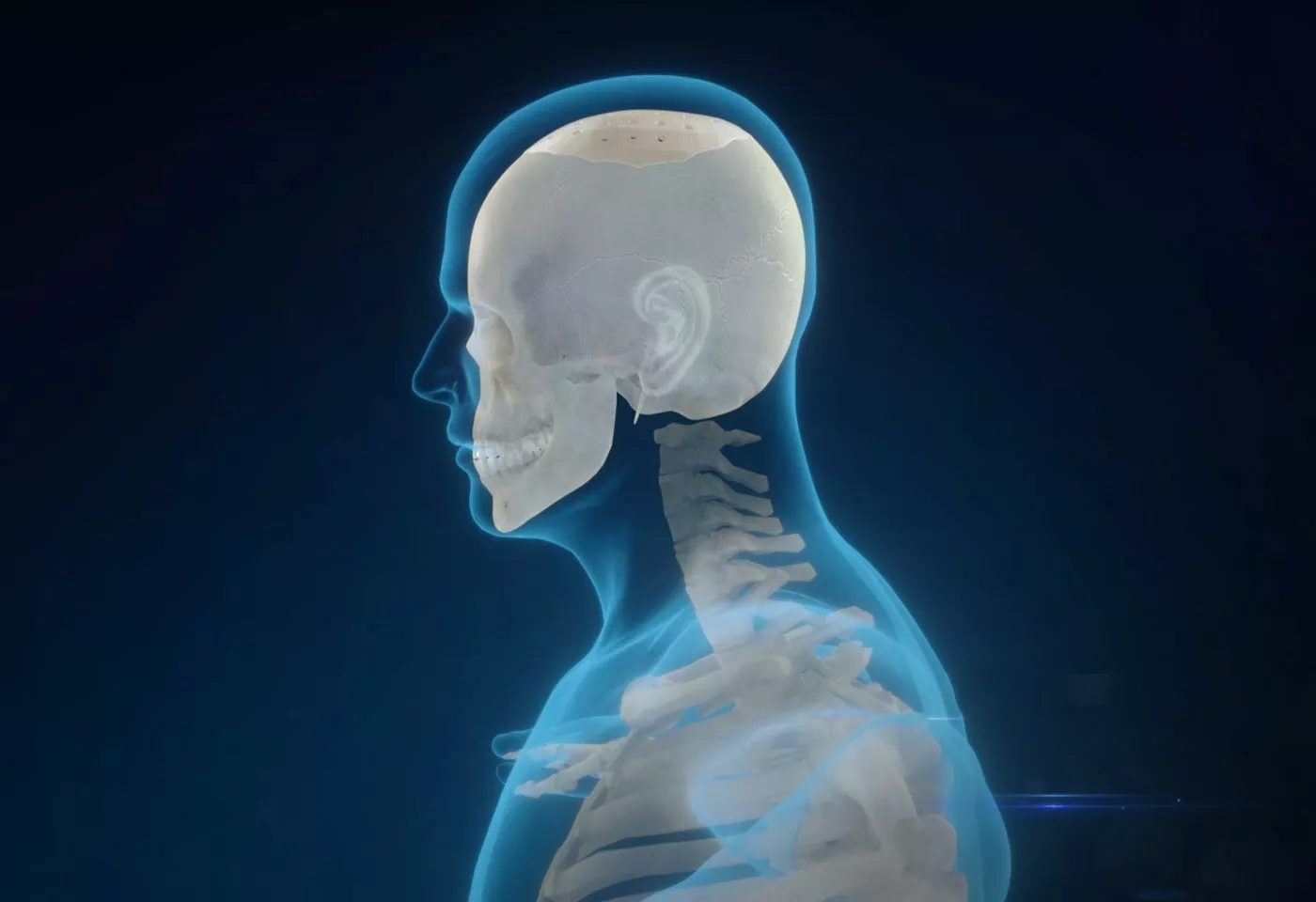1、
No materials fed, including no materials fed into the hopper area and no materials fed into the screw feeding section.
If no materials are fed into the hopper area, it is possible that the cooling of the hopper area is out of control, resulting in material melting and bonding. Now, check the maintenance of the hopper cooling waterway. Another reason may be the material happens to pile up at the bridge. Cleaning out the material and re-connecting the feed pipeline will do. If no materials are fed into the screw feeding section, it is possible that the equipment is not cleaned up and the materials cannot establish a good shear effect between the screw and the barrel, leading to the inability of the particle materials to melt and get pushed in. Now, stop the machine and clean it up. It is also possible that the temperature of the barrel in the feeding area is set too high. The materials are melted and coat the screw too early. Subsequent materials cannot effectively enter the screw groove and establish effective melt propulsion. Properly reduce the temperature of the rear heating zone.
2、The extruder torque is too high.
The direct cause is that the melt viscosity is too high, which can be solved by increasing screw temperature and improving shear rate. During extrusion, it is recommended to control melt temperature to below 365℃, and the specific temperature is set according to the parameters of the material and the extrusion product.
3、Surface defects. Vapor stripes.
Due to incomplete product drying, the plasticized melt contains water vapor, which is reflected on the surface of the product as vapor stripes. This can be solved by thoroughly drying the material. Check if the drying temperature and cycle meet expectations and if the material transfer process is contaminated.
4、Cracking of plate, bar and pipe products
The root cause is too high internal stress of the material, which can be optimized or solved by increasing cooling medium temperature and reducing extrusion rate.
5、Low product crystallinity.
The issue may be divided into low surface crystallinity with high internal crystallinity and high surface crystallinity with low internal crystallinity. The cooling medium temperature should be adjusted according to part size. Choose a lower temperature for the cooling medium for thick parts and a higher temperature otherwise.





